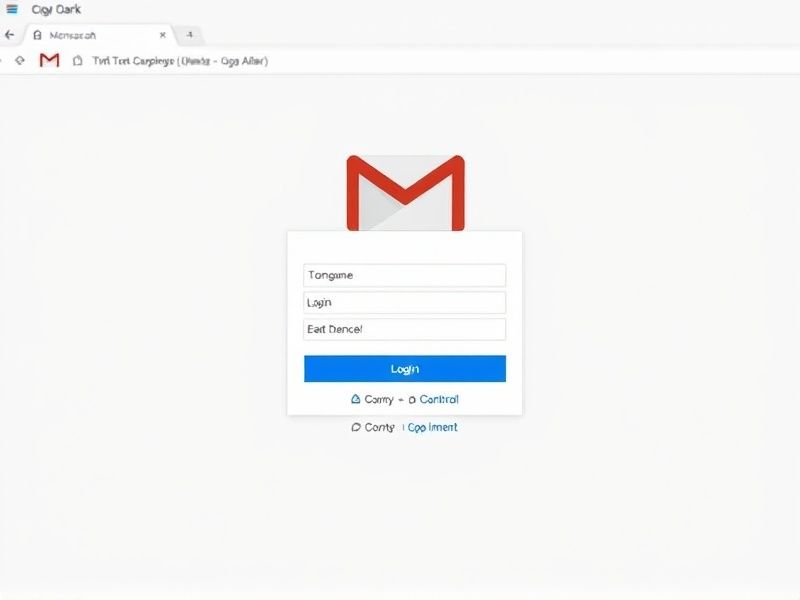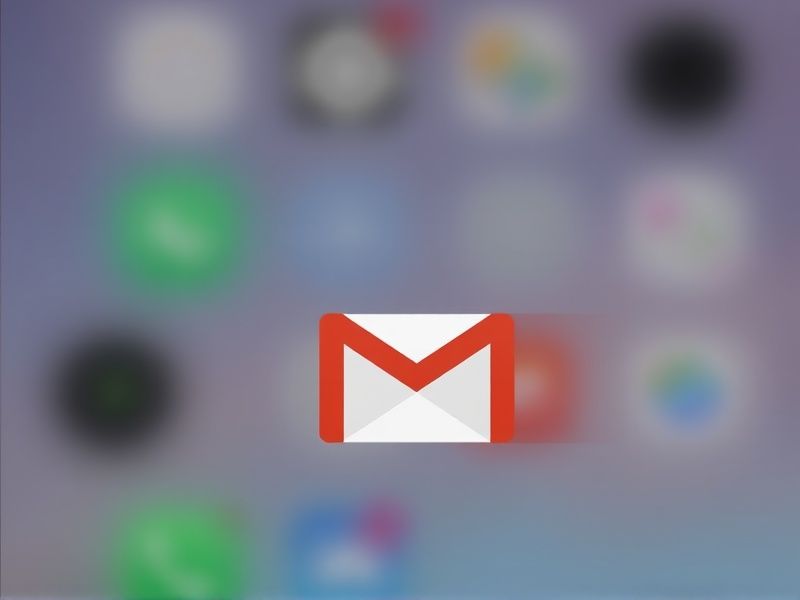Your Complete Guide to Gmail Login Account Management (Without the Headaches)
Ever found yourself staring at the Gmail login screen, suddenly forgetting the password you’ve used for years? Or worse – discovered suspicious activity in your account? You’re not alone. Let’s walk through everything from basic logins to advanced security, with real-world examples and a few “I wish I’d known this earlier” moments.
Getting Started: Your First Gmail Login Account
Creating a Gmail account feels like filling out digital paperwork, but there’s more to it than meets the eye. When I helped my neighbor set up her first account last week, we discovered three hidden settings that make all the difference:
- Choosing between @gmail.com vs. custom domains (spoiler: this affects future Google Workspace integration)
- Birthdate entry quirks – did you know entering the wrong year could lock you out later?
- The sneaky “recovery email” field most people skip (big mistake!)
Imagine this: You’re at a coffee shop trying to login from your phone, tablet, and laptop simultaneously. Gmail handles this better than most – I’ve had 4 devices syncing without issues – but only if you set it up right from day one.
Password Pitfalls and Recovery Hacks
Last month, my cousin learned the hard way that “Fluffy123” isn’t a secure password. Let’s break down recovery options that actually work:
Real recovery story: “I used my old college email as recovery, but the university deleted inactive accounts!” (Solution: Update recovery info annually)
Password strength isn’t just about complexity. Google’s system detects patterns – “P@ssword2023” gets flagged faster than you’d think. Try alternating uncommon words with special characters instead.
Two-Step Verification: Annoying but Essential
Yes, it adds an extra step. No, you shouldn’t disable it. Here’s why:
• Text message codes vs authenticator apps (hint: texts can be intercepted)
• Backup codes – print them AND store digitally
• The “remember this device” trap – works great until you lose the device
Fun fact: Google reports accounts with 2SV enabled are 99% less likely to be compromised. Worth the 10-second login delay, right?
When Logins Go Wrong: Fixes That Actually Work
We’ve all seen the dreaded “Couldn’t sign you in” message. Common fixes often miss the root cause. Try these instead:
| Error Message | What It Really Means | Quick Fix |
|---|---|---|
| “Password incorrect” | Could be caps lock… or a breached account | Check keyboard language settings first |
| “Account disabled” | Usually policy violations | Submit appeal form within 14 days |
Pro tip: If you’re using Google Workspace through work, recovery paths differ significantly. Always check with your IT department first.
Security Habits That Don’t Suck
Let’s face it – most security advice is unrealistic. Here’s what normal people can actually maintain:
• Quarterly security checkups (set calendar reminders)
• Using Google’s built-in password manager vs third-party tools
• Recognizing phishing attempts – modern scams look legit
Remember that “Google Drive” sharing notification I almost clicked last week? The sender address had an extra ‘o’ – [email protected]. Sneaky!
Cross-Device Syncing Made Simple
Juggling between Android, iPad, and Windows laptop? Here’s how to avoid sync fails:
1. Prioritize devices – mark personal phone as “most secure”
2. Location tracking benefits vs privacy tradeoffs
3. Sync troubleshooting: When to clear cache vs full reset
Fun experiment: Try logging out of all devices simultaneously. Most users have 5-8 active connections they forgot about!
Google Workspace Users: Special Considerations
If your company uses Gmail through Workspace, normal login rules don’t always apply. Key differences:
• Admin-controlled password policies
• Mandatory 2SV enforcement
• Shared drive access complexities
Case study: A marketing team couldn’t access shared calendars after a password change. Turns out they needed to re-authenticate through both personal and work accounts separately.
Maintaining Your Gmail Login Long-Term
Think of your account like a car – needs regular tune-ups. My annual maintenance routine:
January: Update recovery info
April: Audit third-party app access
July: Password refresh
October: Security checkup
December: Device clean-up
Final thought: Your Gmail account is the master key to your digital life. Treat it like you would your house keys – with care, backups, and immediate action if they go missing.





Reviews
There are no reviews yet.